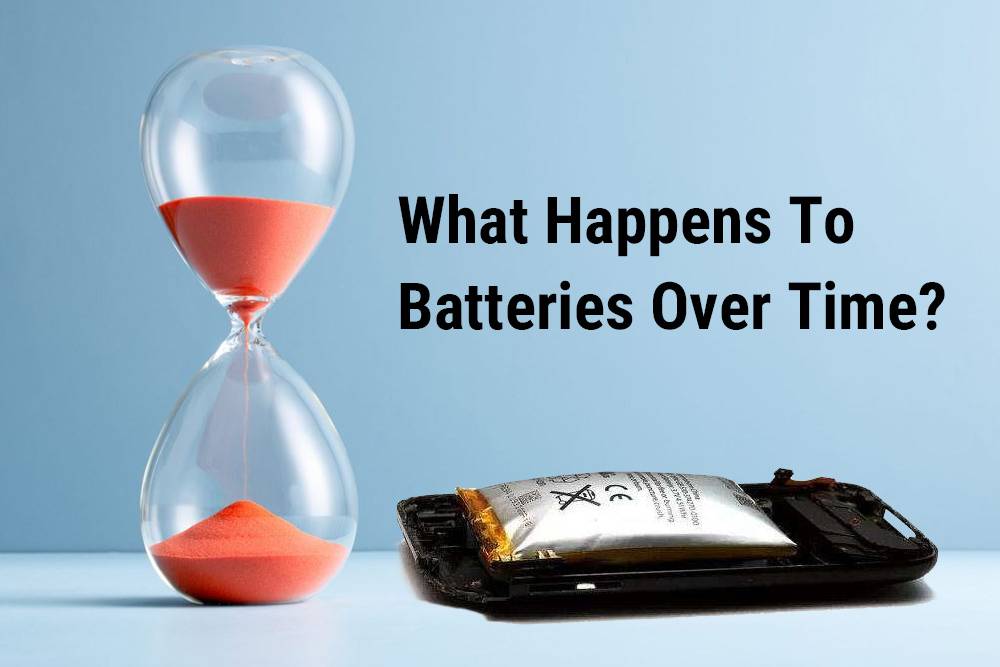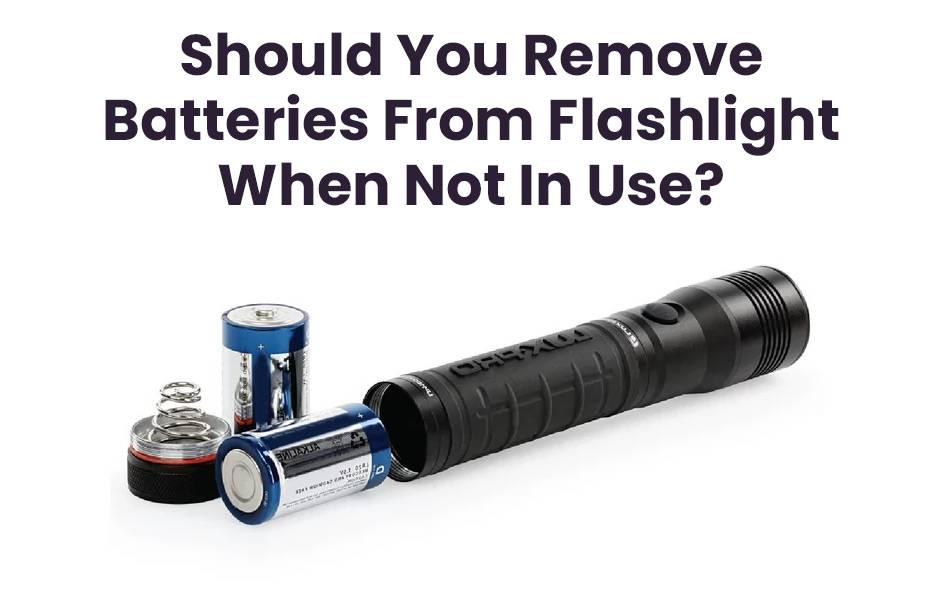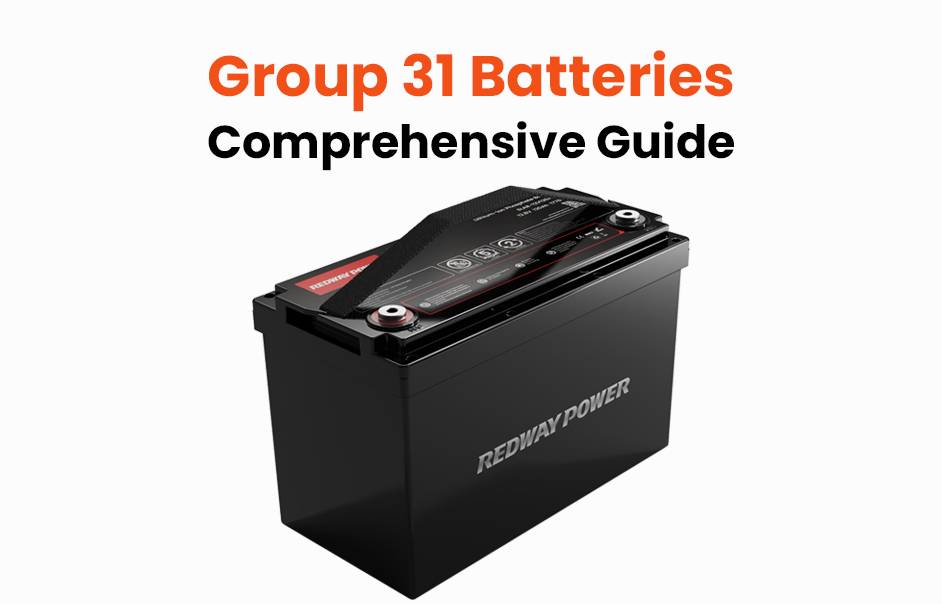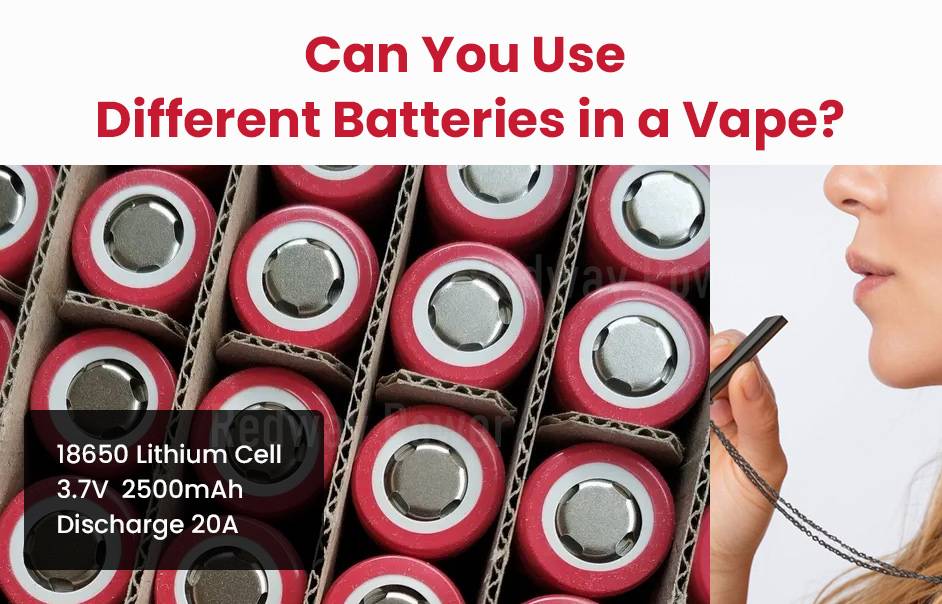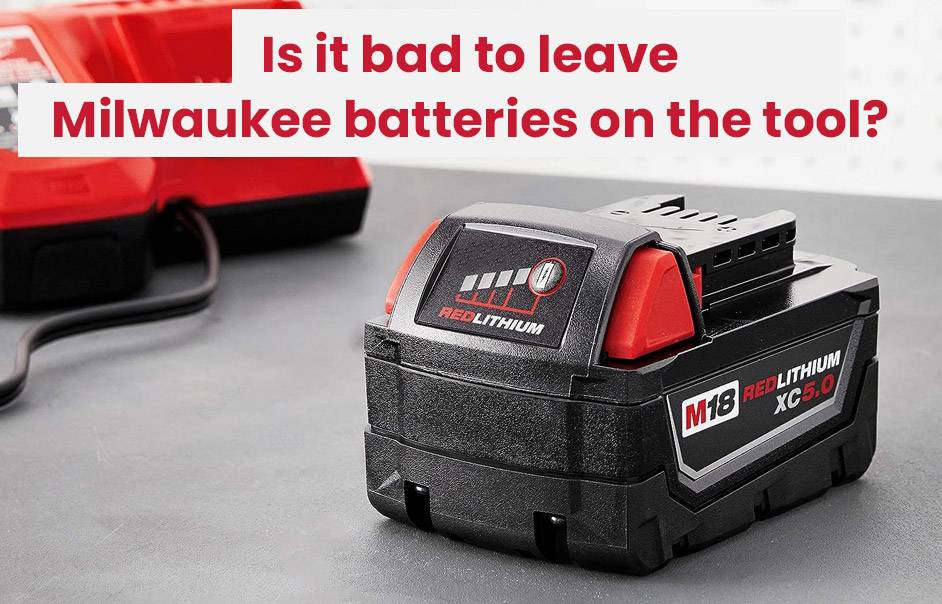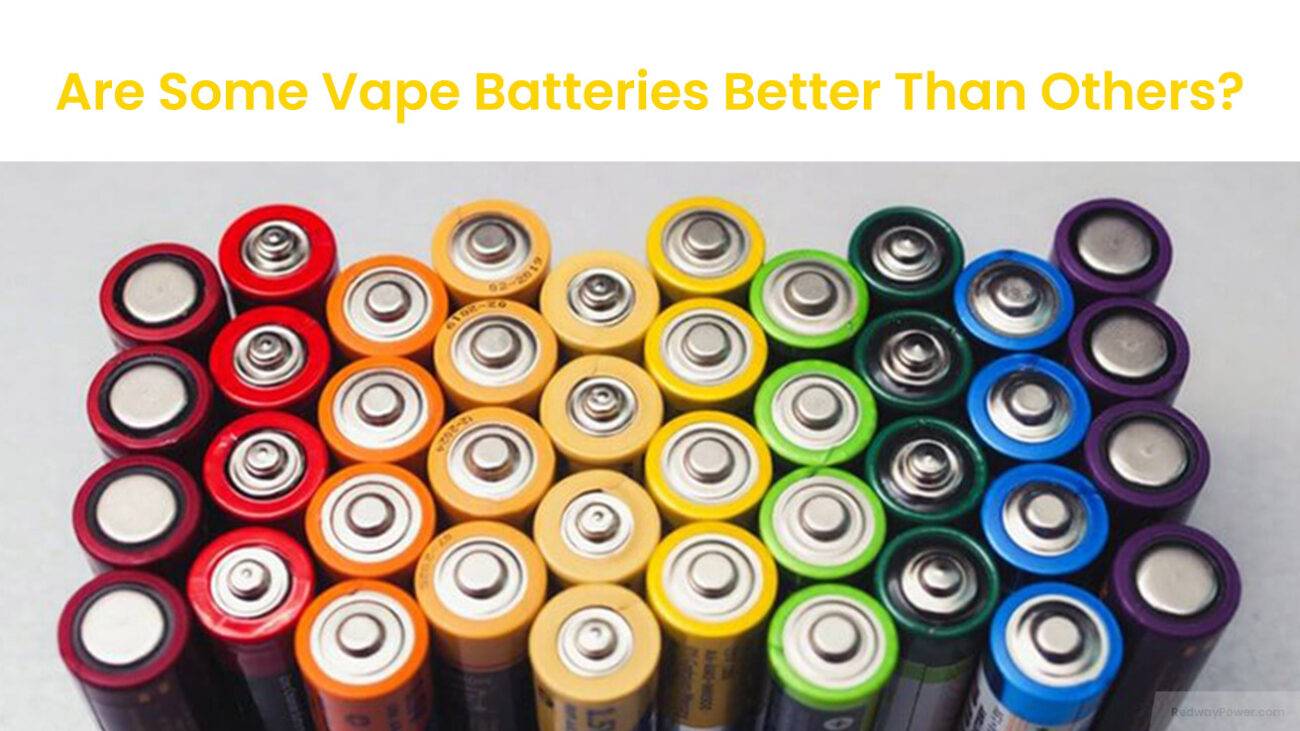- Forklift Lithium Battery
-
48V
- 48V 210Ah
- 48V 300Ah
- 48V 420Ah (949 x 349 x 569 mm)
- 48V 420Ah (950 x 421 x 450 mm)
- 48V 456Ah
- 48V 460Ah (830 x 630 x 590 mm)
- 48V 460Ah (950 x 421 x 450 mm)
- 48V 460Ah (800 x 630 x 600 mm)
- 48V 460Ah (820 x 660 x 470 mm)
- 48V 500Ah
- 48V 560Ah (810 x 630 x 600 mm)
- 48V 560Ah (950 x 592 x 450 mm)
- 48V 600Ah
- 48V 630Ah
-
48V
- Lithium Golf Cart Battery
- 12V Lithium Battery
12V 150Ah Lithium RV Battery
Bluetooth App | BCI Group 31
LiFePO4 Lithium
Discharge Temperature -20°C ~ 65°C
Fast Charger 14.6V 50A
Solar MPPT Charging - 24V Lithium Battery
- 36V Lithium Battery
- 48V Lithium Battery
-
48V LiFePO4 Battery
- 48V 50Ah
- 48V 50Ah (for Golf Carts)
- 48V 60Ah (8D)
- 48V 100Ah (8D)
- 48V 100Ah
- 48V 100Ah (Discharge 100A for Golf Carts)
- 48V 100Ah (Discharge 150A for Golf Carts)
- 48V 100Ah (Discharge 200A for Golf Carts)
- 48V 150Ah (for Golf Carts)
- 48V 160Ah (Discharge 100A for Golf Carts)
- 48V 160Ah (Discharge 160A for Golf Carts)
-
48V LiFePO4 Battery
- 60V Lithium Battery
-
60V LiFePO4 Battery
- 60V 20Ah
- 60V 30Ah
- 60V 50Ah
- 60V 50Ah (Small Size / Side Terminal)
- 60V 100Ah (for Electric Motocycle, Electric Scooter, LSV, AGV)
- 60V 100Ah (for Forklift, AGV, Electric Scooter, Sweeper)
- 60V 150Ah (E-Motocycle / E-Scooter / E-Tricycle / Tour LSV)
- 60V 200Ah (for Forklift, AGV, Electric Scooter, Sweeper)
-
60V LiFePO4 Battery
- 72V~96V Lithium Battery
- Rack-mounted Lithium Battery
- E-Bike Battery
- All-in-One Home-ESS
- Wall-mount Battery ESS
-
Home-ESS Lithium Battery PowerWall
- 24V 100Ah 2.4kWh PW24100-S PowerWall
- 48V 50Ah 2.4kWh PW4850-S PowerWall
- 48V 50Ah 2.56kWh PW5150-S PowerWall
- 48V 100Ah 5.12kWh PW51100-F PowerWall (IP65)
- 48V 100Ah 5.12kWh PW51100-S PowerWall
- 48V 100Ah 5.12kWh PW51100-H PowerWall
- 48V 200Ah 10kWh PW51200-H PowerWall
- 48V 300Ah 15kWh PW51300-H PowerWall
PowerWall 51.2V 100Ah LiFePO4 Lithium Battery
Highly popular in Asia and Eastern Europe.
CE Certification | Home-ESS -
Home-ESS Lithium Battery PowerWall
- Portable Power Stations
Is It Bad to Leave Power Tool Batteries in the Cold?
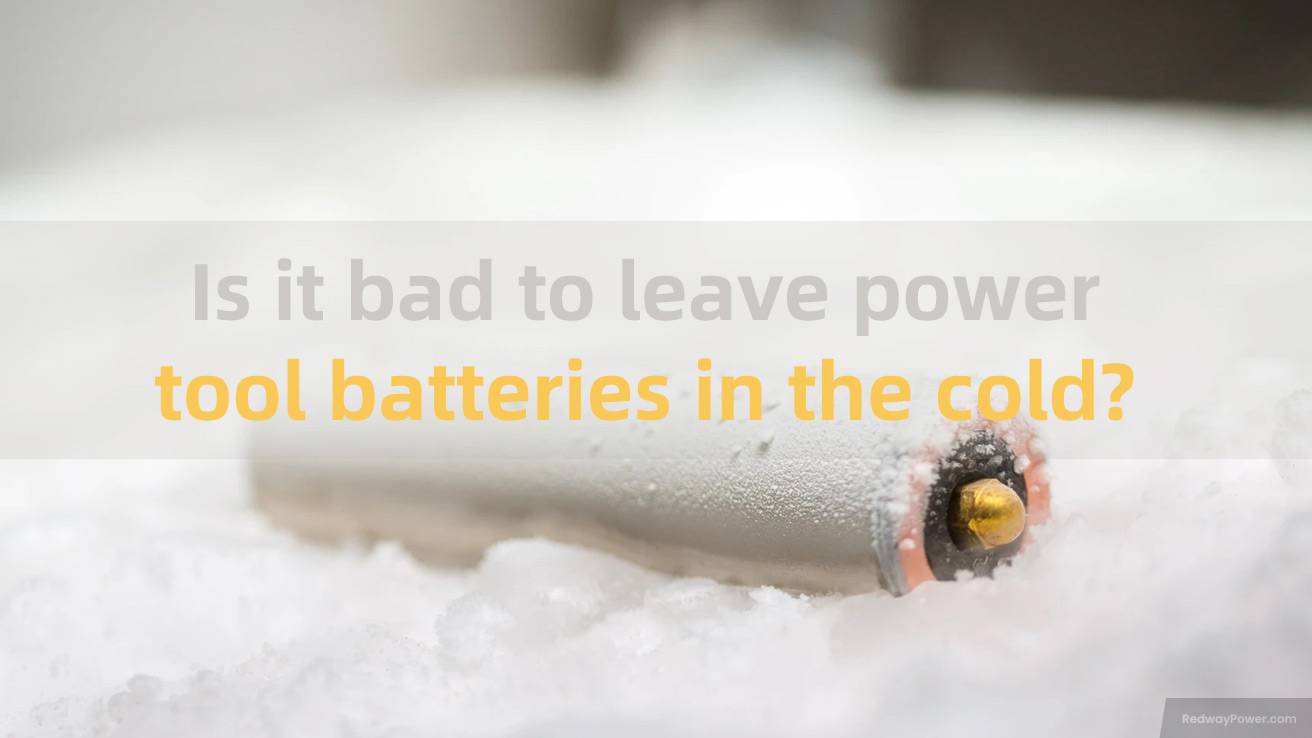
Leaving power tool batteries, especially lithium-ion types, in cold weather can significantly impact their performance and lifespan. Cold temperatures can reduce battery capacity, increase self-discharge rates, and lead to potential damage if not managed properly. Understanding how to care for batteries in cold conditions is essential for maintaining their functionality.
What Happens to Power Tool Batteries in Cold Weather?
When power tool batteries are exposed to cold temperatures, several adverse effects can occur:
- Reduced Capacity: The battery may hold less charge than normal, leading to shorter usage times.
- Increased Self-Discharge: Cold temperatures can cause batteries to lose charge more quickly when not in use.
- Potential Damage: Charging a cold battery can lead to internal damage and reduced lifespan.
Chart: Effects of Cold on Battery Performance
| Effect | Description |
|---|---|
| Reduced Capacity | Less energy available during operation |
| Increased Self-Discharge | Faster loss of charge when idle |
| Potential Damage | Risk of failure or decreased lifespan |
How Does Cold Affect Lithium-Ion Battery Performance?
Lithium-ion batteries are particularly sensitive to temperature changes. In cold conditions:
- Chemical Reactions Slow Down: The electrochemical processes that generate power become less efficient, resulting in lower performance.
- Voltage Drops: The voltage output may decrease, impacting tool efficiency and effectiveness.
Chart: Lithium-Ion Performance in Cold Weather
| Temperature (°F) | Performance Impact |
|---|---|
| Above 32°F | Normal performance |
| 20°F – 32°F | Noticeable capacity loss |
| Below 20°F | Significant performance degradation |
What Are the Best Practices for Storing Batteries in the Cold?
To protect power tool batteries during cold weather:
- Store Indoors: Keep batteries at room temperature whenever possible.
- Use Insulated Storage: If outdoor storage is necessary, use insulated bags or containers to help maintain warmth.
- Keep Away from Metal Surfaces: Store batteries on non-metal shelves to prevent heat loss.
Chart: Best Practices for Battery Storage
| Practice | Description |
|---|---|
| Store Indoors | Prevents exposure to cold temperatures |
| Use Insulated Storage | Helps maintain battery warmth |
| Avoid Metal Surfaces | Reduces heat loss |
Why Is It Important to Monitor Battery Temperature?
Monitoring battery temperature is crucial because:
- Prevents Overheating: While cold can be detrimental, overheating can also damage lithium-ion batteries.
- Ensures Optimal Performance: Keeping batteries within the recommended temperature range maximizes efficiency and lifespan.
Chart: Importance of Temperature Monitoring
| Importance | Description |
|---|---|
| Prevents Overheating | Protects against thermal damage |
| Ensures Optimal Performance | Maintains efficiency and longevity |
How Can You Safely Charge Batteries in Cold Conditions?
When charging batteries in cold weather:
- Warm Up the Battery: Allow the battery to reach room temperature before charging.
- Use a Compatible Charger: Ensure that the charger is suitable for low-temperature charging.
- Avoid Charging Below Freezing: Do not charge batteries at temperatures below 32°F (0°C) as this can cause damage.
Chart: Safe Charging Practices
| Practice | Description |
|---|---|
| Warm Up Before Charging | Let the battery reach room temperature |
| Use Compatible Chargers | Ensure charger is designed for low temperatures |
| Avoid Freezing Temperatures | Prevent damage by not charging below freezing |
Tips for Battery Wholesale Buyers: How to Choose a Reliable Manufacturer?
When considering wholesale purchases or OEM orders for batteries, it’s crucial to choose a reliable manufacturer. Here are some tips:
- Research Manufacturer Reputation: Look for established companies like Redway Power, known for quality and reliability.
- Evaluate Product Range: Ensure they offer various battery types suitable for your needs.
- Check Certifications: Confirm compliance with industry standards.
For OEM orders from a reputable manufacturer like Redway Power, which has over 13 years of experience in lithium battery manufacturing, ensure clear communication regarding specifications and delivery timelines. This approach helps secure high-quality products that serve as excellent alternatives to lead-acid batteries.
Redway Power Expert Views
“Understanding how temperature affects battery performance is essential for users, especially during winter months. By following best practices for storage and charging, users can significantly extend their battery life and ensure reliable operation,” states an expert from Redway Power.

















